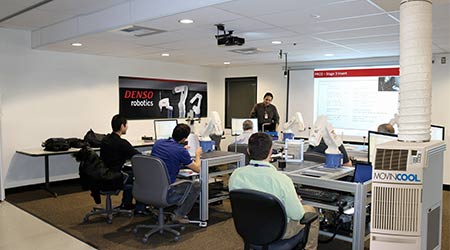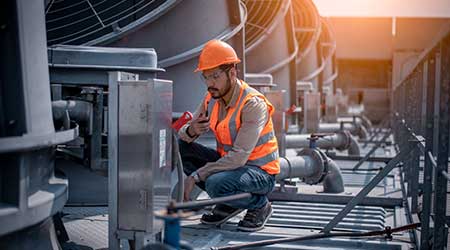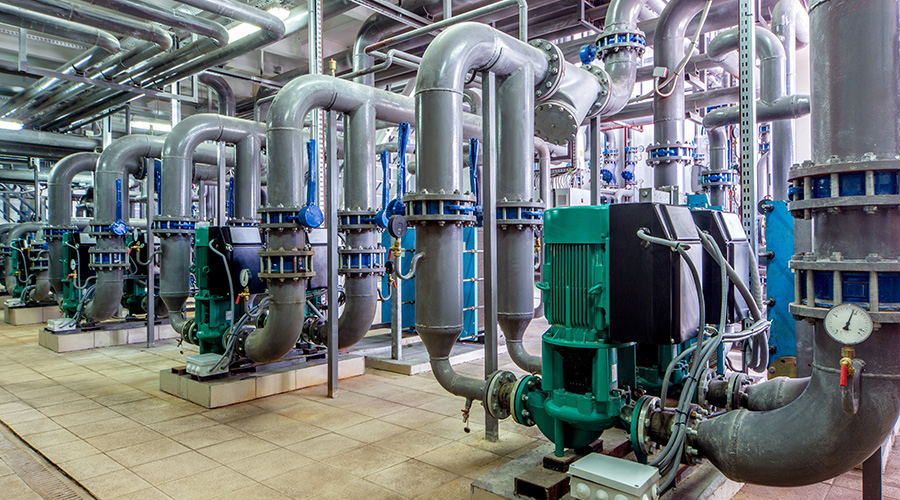 By bringing key information to the specification process, managers will be able to select equipment that meets the facility’s cooling needs.
By bringing key information to the specification process, managers will be able to select equipment that meets the facility’s cooling needs.Properly Sized Portable Cooling Enhances Occupancy Comfort
Selecting the most effective unit for the application means managers need to understand cooling needs and equipment requirements
Portable cooling can help maintain space temperatures for special events when the base building system is not up to the task or during times of maintenance. In these situations, managers typically can plan for the best- and worst-case scenarios and make sure they have properly sized the equipment.
Managers also can turn to portable cooling for emergency maintenance, failed HVAC systems and loss of power situations. Although managers can expect critical systems in newer buildings to operate on a backup generator, this might not always be the case for older buildings that were not designed with this criticality in mind.
For maintenance of an existing dedicated computer room air conditioning unit, managers should be able to plan for a one-to-one swap in system capacities to maintain intermediate distribution frame and main distribution frame spaces. When adding equipment racks or repurposing non-critical spaces with equipment racks, the manufacturer should recommend a capacity required for the new equipment and use the remaining rules of thumb to account for additional equipment, people and space.
A boost of cool
In certain scenarios, managers need a portable cooling system to supplement an existing system. In these cases, managers need to understand how effectively the base building systems have been able to handle similar loads via occupant and staff interviews, trending and analysis.
Accurate TAB reports, systems manuals and as-built documentation provide an understanding of the existing cooling capacity without having to pull the information from the field each time. With a properly operating base building system, determining the additional load should only require accounting for the additional load beyond the anticipated design conditions.
For sizing an additional load, managers should ask the event team key questions. How many extra people must be accounted for compared to typical occupancy? Will the event feature special electronic equipment? Will the event feature hot food or cooking appliances? What is the primary space activity?
Related Topics:














